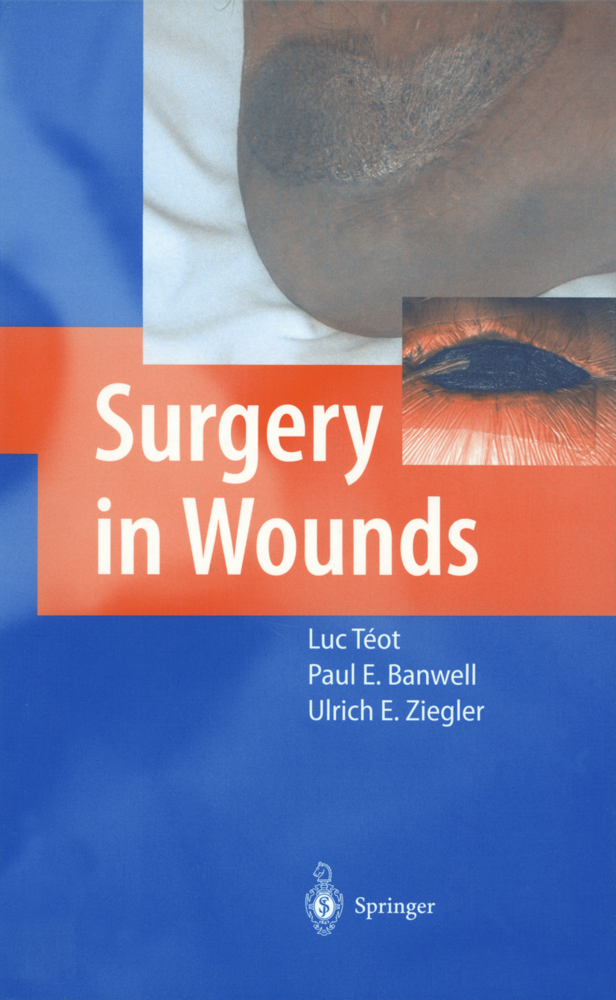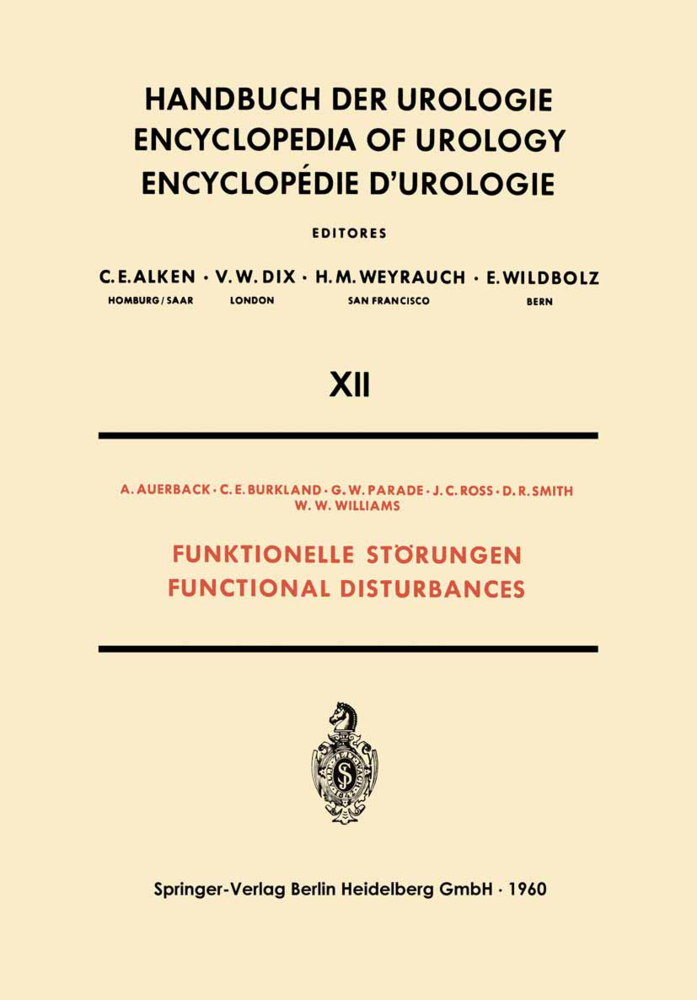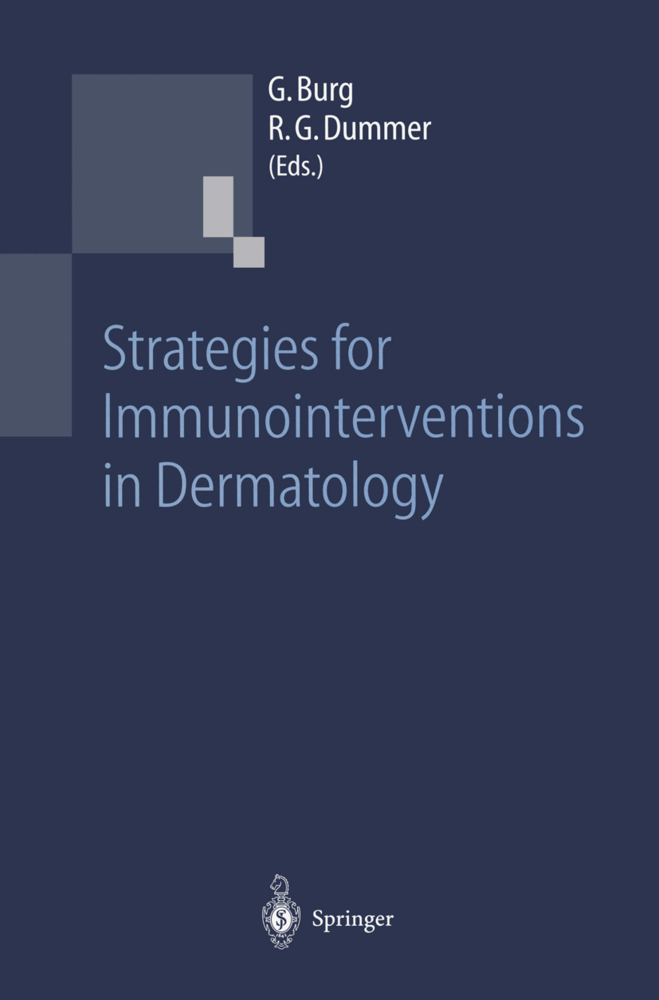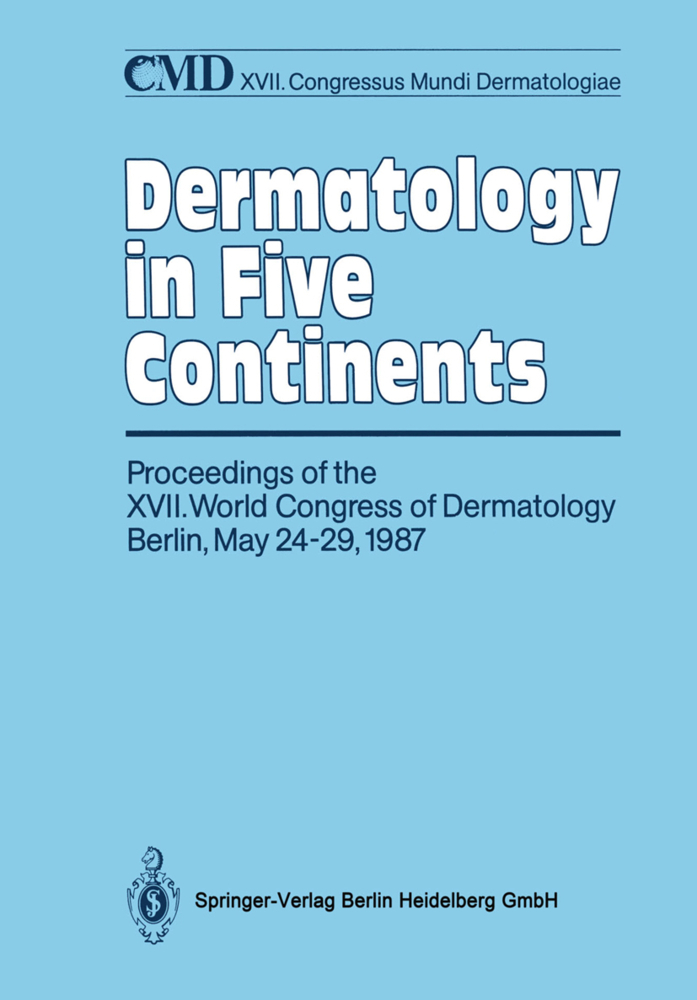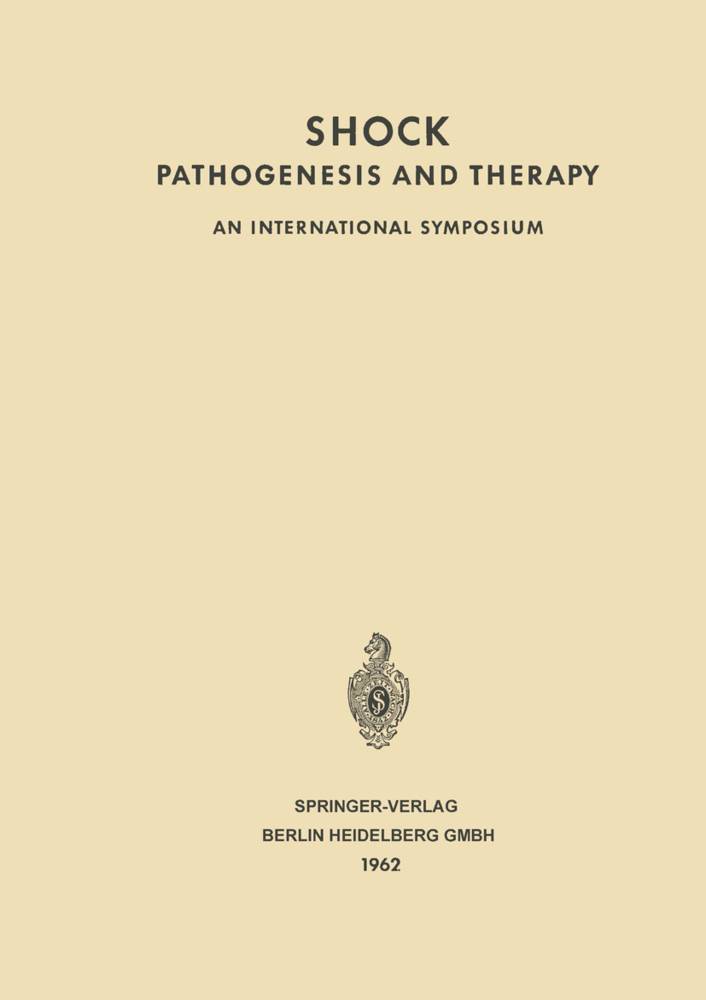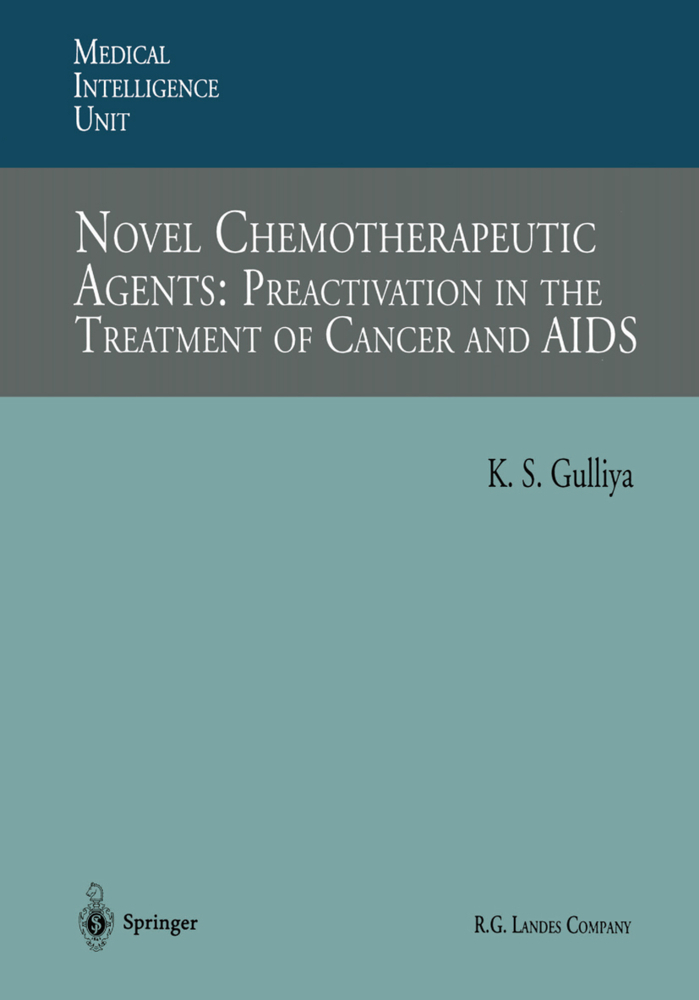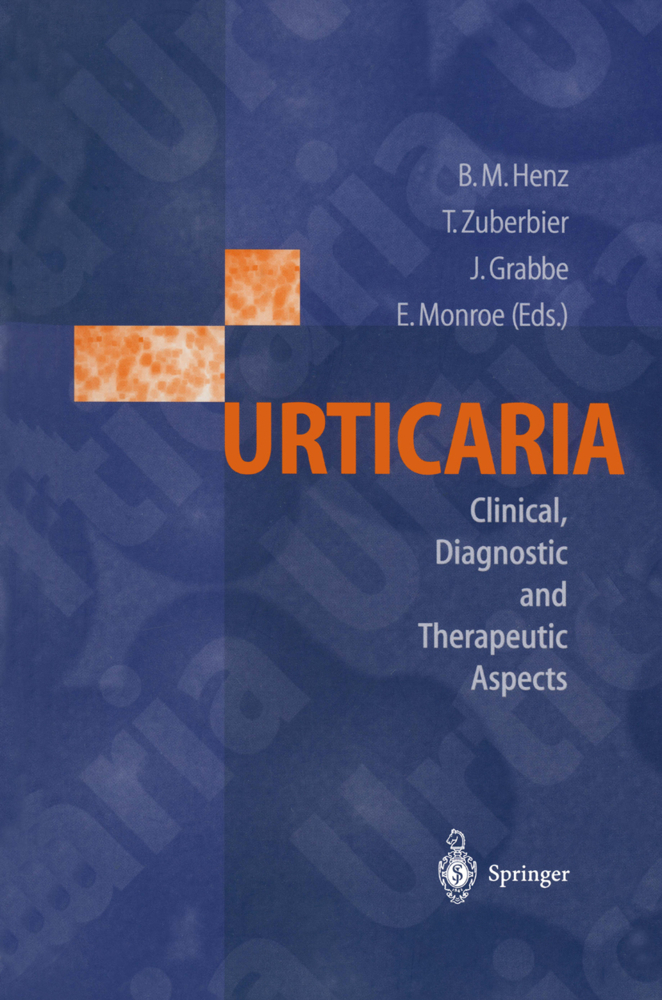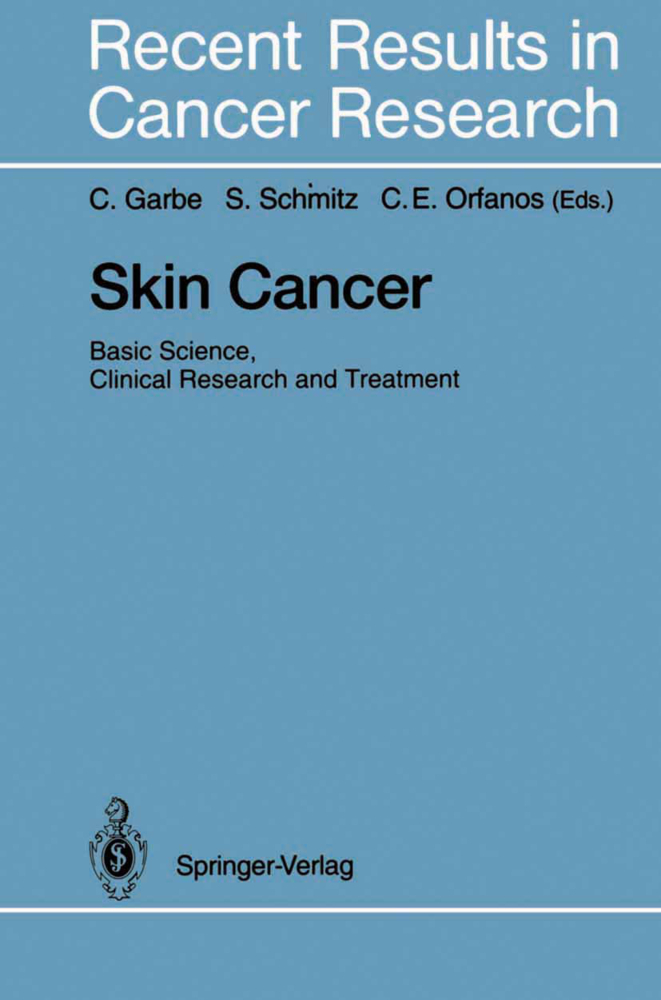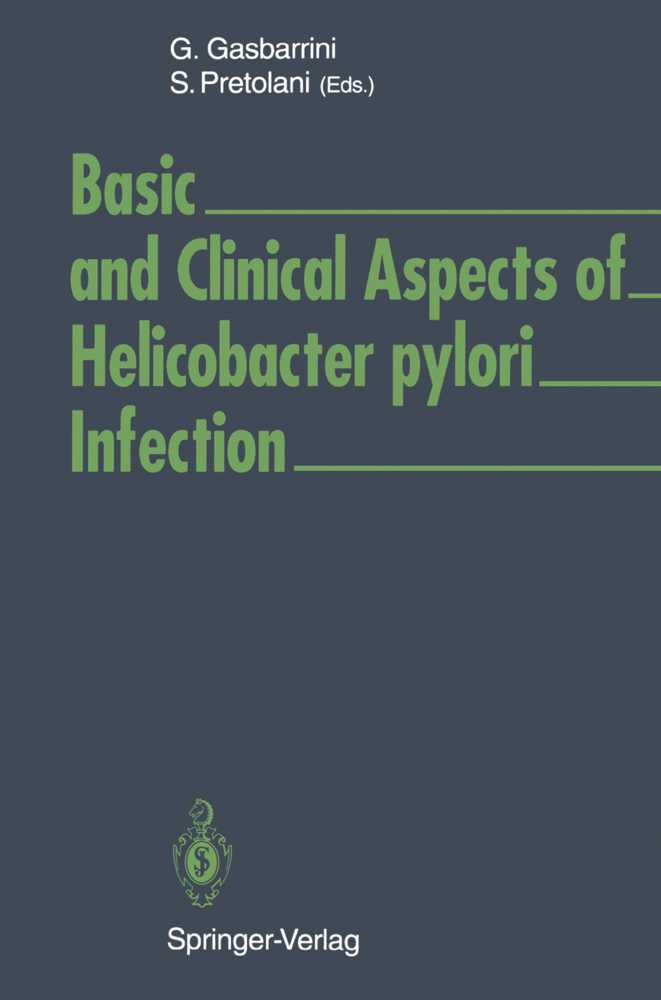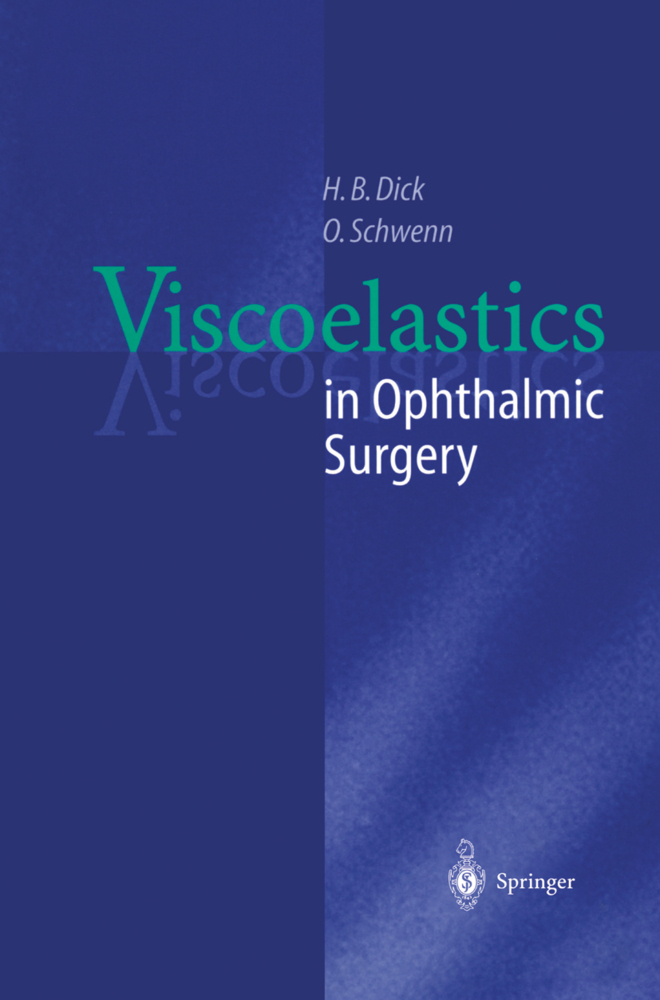Surgery in Wounds
Surgery in Wounds
Wounds have existed since the beginning of time, and records of their nature and treatment are found in the earliest documents. Interestingly, many of these treat ments are now being rediscovered or re-used in modern-day clinical practice. In addition to the diverse nature of treatments that have been suggested as being beneficial for wounds, over many centuries there has been a range of clinicians who have cared for patients with wounds, and in many parts of the world today it is not doctors but other professional colleagues - e. g. nurses or podiatrists - who are the most knowledgeable persons on wounds and wound treatments. Finally, the nature of wounds seen in clinical practice is changing. Increasing destructive power is resulting in more severe injuries occurring in patients involved in conflict. Developments in surgical techniques have enabled new surgical procedures to be offered to patients, but novel and more severe complications can result from such technical advances. In addition, many societies around the world are having to deal with an increasing ageing population, and huge increases in the number of patients suffering from chronic wounds are being seen. In summary, expanding treatment options, diverse groups of clinicians caring for patients and changes in the nature of wounds seen in clinical practice are real issues that have to be faced, and solutions have to be found if patients are to receive optional care for their wounds.
2 Pathophysiology of Chronic Wounds
3 Control of Infection
4 Radiotherapy and Wounds
5 The Sequelae of the Cutaneous Radiation Syndrome
II Debridement of Wounds
6 Surgical Debridement
7 Use of High-Pressure Waterjets in Wound Debridement
8 Autolytic Debridement
III Wound Preparations and Treatment
9 Wound-Bed Preparation - Promotion of Granulation Tissue
10 Cleansing and Cleansers
11 Control of Exudate and Periwound Skin Care
12 Topical Negative-Pressure Therapy in Wound Management
13 Maggot Debridement
IV Surgical Interventions in Wounds
14 Pre-Operative Requisites
15 Dressings for Chronic and Acute Wounds
16 Suture Materials and Techniques
17 Surgical Incision
18 Skin Grafts
19 Local and Regional Flaps
20 Free Flaps: Interests and Limits
21 Post-Operative Management of Skin Graft and Flap
22 Dermabrasion and Management of Donor Sites
V Specific Wound Problems
23 Flaps for Upper Limb Reconstruction
24 Loss of Soft Tissue in Lower Limbs
25 Vacuum-Assisted Closure: Orthopaedic Applications
26 Osteomyelitis
27 Principles of Surgical Management of War Wounds
28 Animal and Human Bite Wounds
29 Enterocutaneous Fistulae
30 Pilonidal Sinus Disease
31 Acne Inversa
VI Chronic Wound Problems
32 Surgery for Arterial Ulcers
33 Interventional Radiology for Revascularisation
34 Venous Ulcer Surgery
35 Diabetic Foot Surgery
36 Polyneuropathic Ulcers Surgery
37 Pressure-Relieving Systems and Surgery
38 Surgical Therapy for Pressure Sores
VII Burns
39 Thermal Burns Management
40 Electrical Burns
41 Chemical Burns Management
42 The Meek-Wall Micrograft Technique
43 Skin Substitutes - an Overview of Cultured Epithelia to Treat Wounds
44 Skin Equivalents - Integra® in Acute Wounds
45 Rehabilitation and Post-Burn Care
46 Compression Therapy
47 Frostbite: Current Concepts in Pathophysiology and Management
VIII Treatment of Scaring
48 Fundamental Aspects of Extracellular Matrix
49 Prevention of Excessive Scar Formation - a Surgical Perspective
50 The Non-Surgical Management of Hypertrophic Scars and Keloids
51 Surgery of Scars: Hypertrophic, Keloid and Aesthetic Sequellae
52 Pathologic Scar Prevention
53 Psychological Consequences of Facial Scarring
IX Future Perspectives in Wound Management
54 Prefabrication of Growth Factors and Gene Therapy
X Conclusions
55 Changing Philosophies in Reconstructive Surgery
XI Appendix.
I Background
1 The Pathophysiology of Acute Wounds2 Pathophysiology of Chronic Wounds
3 Control of Infection
4 Radiotherapy and Wounds
5 The Sequelae of the Cutaneous Radiation Syndrome
II Debridement of Wounds
6 Surgical Debridement
7 Use of High-Pressure Waterjets in Wound Debridement
8 Autolytic Debridement
III Wound Preparations and Treatment
9 Wound-Bed Preparation - Promotion of Granulation Tissue
10 Cleansing and Cleansers
11 Control of Exudate and Periwound Skin Care
12 Topical Negative-Pressure Therapy in Wound Management
13 Maggot Debridement
IV Surgical Interventions in Wounds
14 Pre-Operative Requisites
15 Dressings for Chronic and Acute Wounds
16 Suture Materials and Techniques
17 Surgical Incision
18 Skin Grafts
19 Local and Regional Flaps
20 Free Flaps: Interests and Limits
21 Post-Operative Management of Skin Graft and Flap
22 Dermabrasion and Management of Donor Sites
V Specific Wound Problems
23 Flaps for Upper Limb Reconstruction
24 Loss of Soft Tissue in Lower Limbs
25 Vacuum-Assisted Closure: Orthopaedic Applications
26 Osteomyelitis
27 Principles of Surgical Management of War Wounds
28 Animal and Human Bite Wounds
29 Enterocutaneous Fistulae
30 Pilonidal Sinus Disease
31 Acne Inversa
VI Chronic Wound Problems
32 Surgery for Arterial Ulcers
33 Interventional Radiology for Revascularisation
34 Venous Ulcer Surgery
35 Diabetic Foot Surgery
36 Polyneuropathic Ulcers Surgery
37 Pressure-Relieving Systems and Surgery
38 Surgical Therapy for Pressure Sores
VII Burns
39 Thermal Burns Management
40 Electrical Burns
41 Chemical Burns Management
42 The Meek-Wall Micrograft Technique
43 Skin Substitutes - an Overview of Cultured Epithelia to Treat Wounds
44 Skin Equivalents - Integra® in Acute Wounds
45 Rehabilitation and Post-Burn Care
46 Compression Therapy
47 Frostbite: Current Concepts in Pathophysiology and Management
VIII Treatment of Scaring
48 Fundamental Aspects of Extracellular Matrix
49 Prevention of Excessive Scar Formation - a Surgical Perspective
50 The Non-Surgical Management of Hypertrophic Scars and Keloids
51 Surgery of Scars: Hypertrophic, Keloid and Aesthetic Sequellae
52 Pathologic Scar Prevention
53 Psychological Consequences of Facial Scarring
IX Future Perspectives in Wound Management
54 Prefabrication of Growth Factors and Gene Therapy
X Conclusions
55 Changing Philosophies in Reconstructive Surgery
XI Appendix.
Téot, Luc
Banwell, Paul E.
Ziegler, Ulrich E.
| ISBN | 978-3-642-63929-6 |
|---|---|
| Artikelnummer | 9783642639296 |
| Medientyp | Buch |
| Auflage | Softcover reprint of the original 1st ed. 2004 |
| Copyrightjahr | 2011 |
| Verlag | Springer, Berlin |
| Umfang | XIV, 554 Seiten |
| Abbildungen | XIV, 554 p. 162 illus. in color. |
| Sprache | Englisch |

